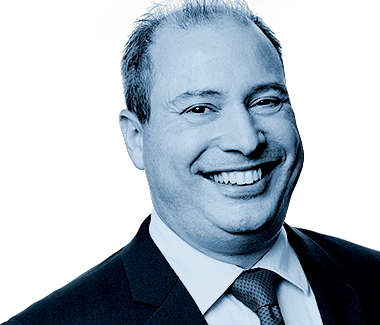Suppose a director can’t participate on a nonprofit board for several months because of a prolonged sabbatical overseas, medical treatment, or a family situation, but would like to stay a director in the long term, and the organization would like the person to stay on the board. Can’t the director just take a leave of absence or move temporarily to inactive status while staying on the board?
Unfortunately, the answer is “no.”
Since a director is a fiduciary and owes duties as such, the Nonprofit Corporation Law in California does not contemplate inactive director status or director leaves of absence. (While this post discusses California law, the basic fiduciary duty principles are generally the same elsewhere.) Director fiduciary duties apply until a person actually ceases being a director, whether by resignation, removal, or otherwise. Even though directors can rely on committees, experts, and others in fulfillment of their fiduciary duties to some extent, it is difficult at best to see how directors can fulfill these duties while being absent entirely from the board, and they may be liable for any damages to the corporation resulting from a breach of these duties. Also, if a director on “leave” hasn’t formally exited the board, there are procedural consequences, including (i) the director continues to count in determining whether there’s a quorum at meetings (making a valid meeting more difficult to obtain), (ii) supermajority voting thresholds required under the Nonprofit Corporation Law or the corporation’s governing documents can be more difficult to achieve, and (iii) written consents of the board, which require unanimity in California, are ineffective without the director’s signature (meaning the Board has to meet to take any action).
Is there any harm in letting a director miss a few meetings, though? It depends. Good corporate governance requires director participation. The smaller the board, the bigger the detriment to corporate governance. While a director on a large board in theory might be able to miss several meetings in a row without much harm, this conclusion is possible only in hindsight, and even so, it’s impossible to say what value the director might have contributed by attending a missed meeting. Practically, once this sort of precedent is established, other directors often take advantage of it as well.
This isn’t to say that a director who wants to scale back involvement temporarily must resign. For example, if the board requires directors to undertake extensive committee work, raise funds, or attend a minimum number of community events per year, these requirements could be temporarily waived. Also, since California allows directors to participate in board meetings through electronic conferencing, a director doesn’t need to show up in person. If a director still can’t participate to an extent sufficient to fulfill his or her fiduciary duties, however, it would be better for the director to resign.
As a last resort, though, can a leave of absence be structured so that the director resigns with some kind of guarantee of re-election? If the board is self-electing, this arrangement is legally problematic, since a board cannot bind itself to re-electing someone in the future, when the proper exercise of fiduciary duties might compel a different decision if circumstances change. If this possibility is disclosed and the risk is acceptable to the director, however, such a procedure may work.


